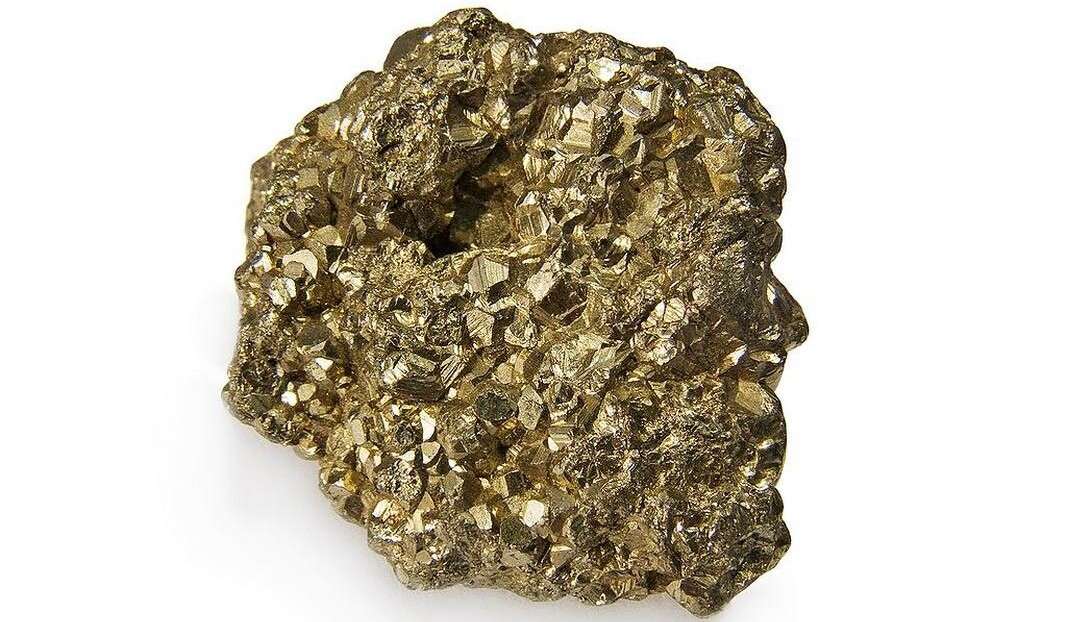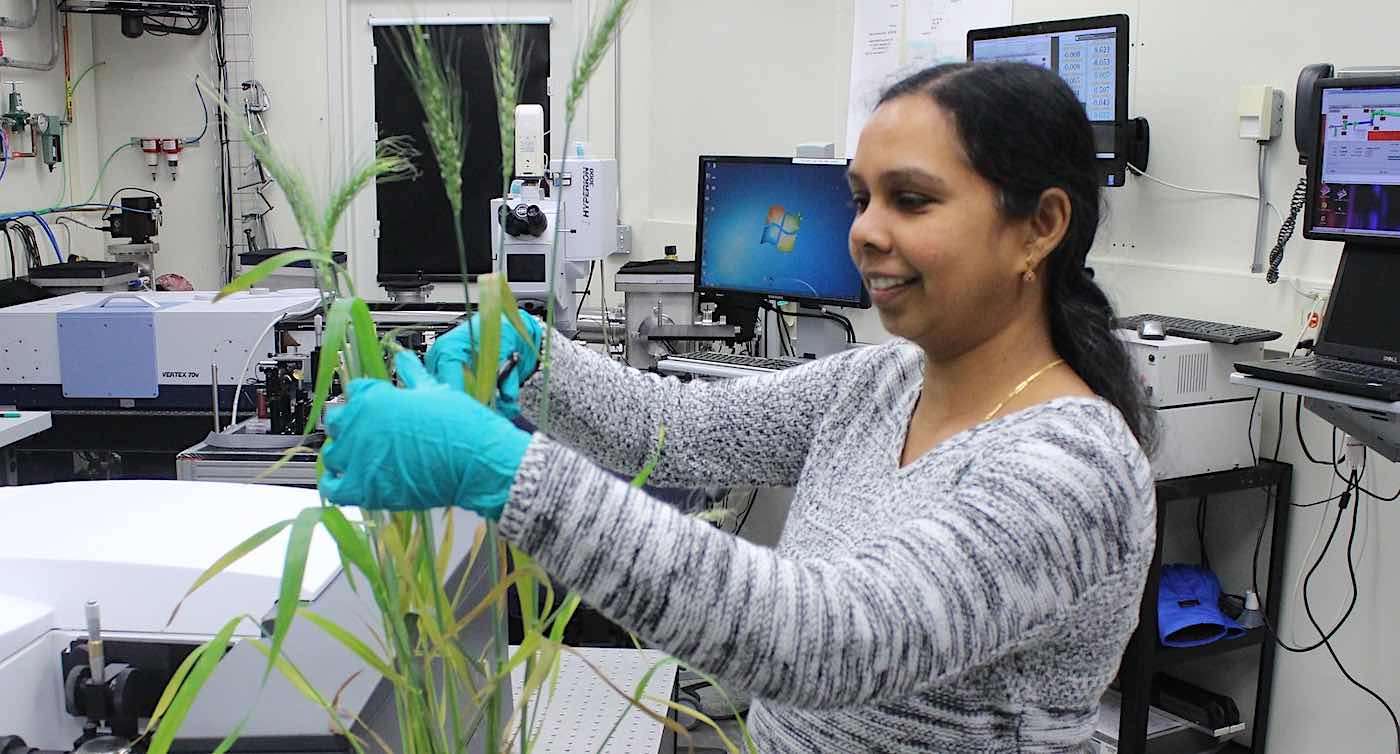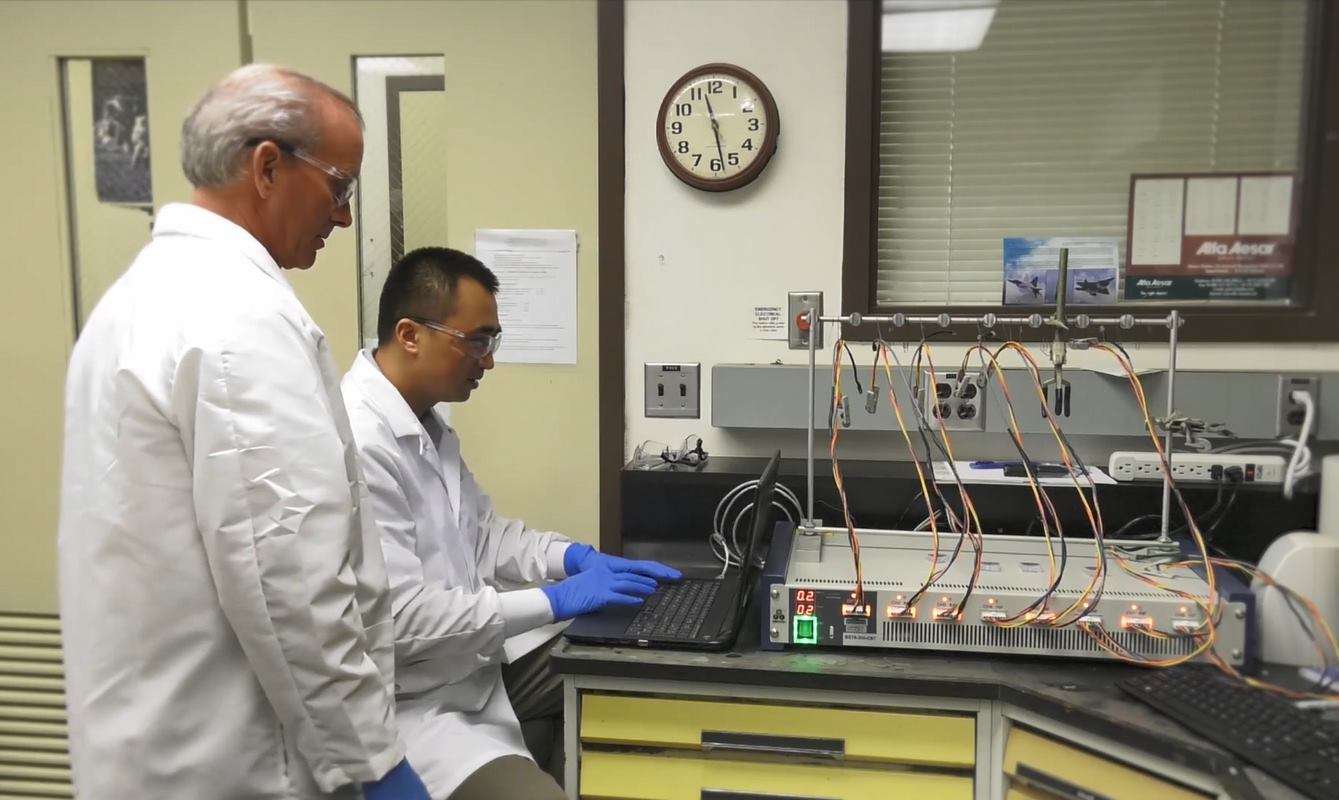Pyrite May Be Known as Fool's Gold, but It Actually Contains a Kind of Green Gold: Lithium
Massive deposits are present in the Lower 48, but this American lithium would still have to be extracted via environmentally harmful mining.

Massive deposits are present in the Lower 48, but this American lithium would still have to be extracted via environmentally harmful mining.

Huang noted that this process can also be used to restore soils damaged by over-farming, overuse of fertilizers, and climate change.

Inside the battery, sulfur and selenium cells stacked directly on top of one another without casings allow for greater weight savings

Mining at the deposit is likely to begin in 2026, having been now thoroughly surveyed by the Lithium Americas Corporation.

In Palm Springs, a $21 million, 96-unit housing complex near West Palm Beach is being built by just 11 workers using the blocks and adhesive.
Researchers have created an extraordinarily strong material with very low density–using two unlikely building blocks: DNA and glass.
Humans have no ability to regrow retinal pigment cells, but scientists have determined how to do it in vitro using pluripotent stem cells.
New butterfly-inspired nanofilm could significantly reduce the energy needed for cooling buildings or vehicles.
If a new discovery published by South Korean physicists on a pre-print server is proven through replication, it would change the world.
The non-profit sells all of the salvaged material at its own lumber yard, including longleaf pine boards that are stronger than steel
A lot remains unknown about the self-healing process, including whether it will become a practical tool in a manufacturing setting.
Omar de Jesús Vazquez Sánchez is steering it away from the landfills and into a kiln, where he makes adobe-like blocks
The Kirigami art of paper-cutting has been adapted at Virginia Tech to make sticky tape 60x stronger, yet easier to remove.
We may soon have fabrics and clothing that is as stretchy as a rubber band while simultaneously being as durable as steel.
MIT researchers had been developing carbon nanotubes with pantry ingredients-and when they used salt, they were startled by its resulting color, or lack it.
Researchers at McMaster University have developed a self-cleaning material that can repel all forms of bacteria and antibiotic-resistant superbugs.
Since the material can simply dissolve in water at room temperature, the researchers say it is particularly energy-efficient and eco-friendly.
Not only is the speedy process surprisingly inexpensive, it could save thousands of pounds of CO2 from entering the atmosphere.
While polyethylene, the plastic in shopping bags has never been used for clothing, MIT scientists used it to make the perfect fabric.
New cooling paper invented at Northeastern not only reflects the sun away from buildings, it also sucks heat out of the interior.
Recent Stories
A Heartfelt Reminder to Appreciate the Ones We Love
Cherish the Woman Who Stands by You
Breaking Generational Cycles of Pain
Living by Your Own Values, Not Others' Approval
When Life Brings Rain, It’s Okay to Rest
Before You Judge Someone's Life, Take a Moment to Walk in Their Shoes.
A Friend Who Spreads Gossip is Not a True Friend at All
The Value of Human Connection Over Digital Convenience
The Quiet Kind of Love
One Day, Your Mom Won’t Call You Anymore
I’ve reached a point in my life...
Happiness is a mindset, a conscious choice we make every day